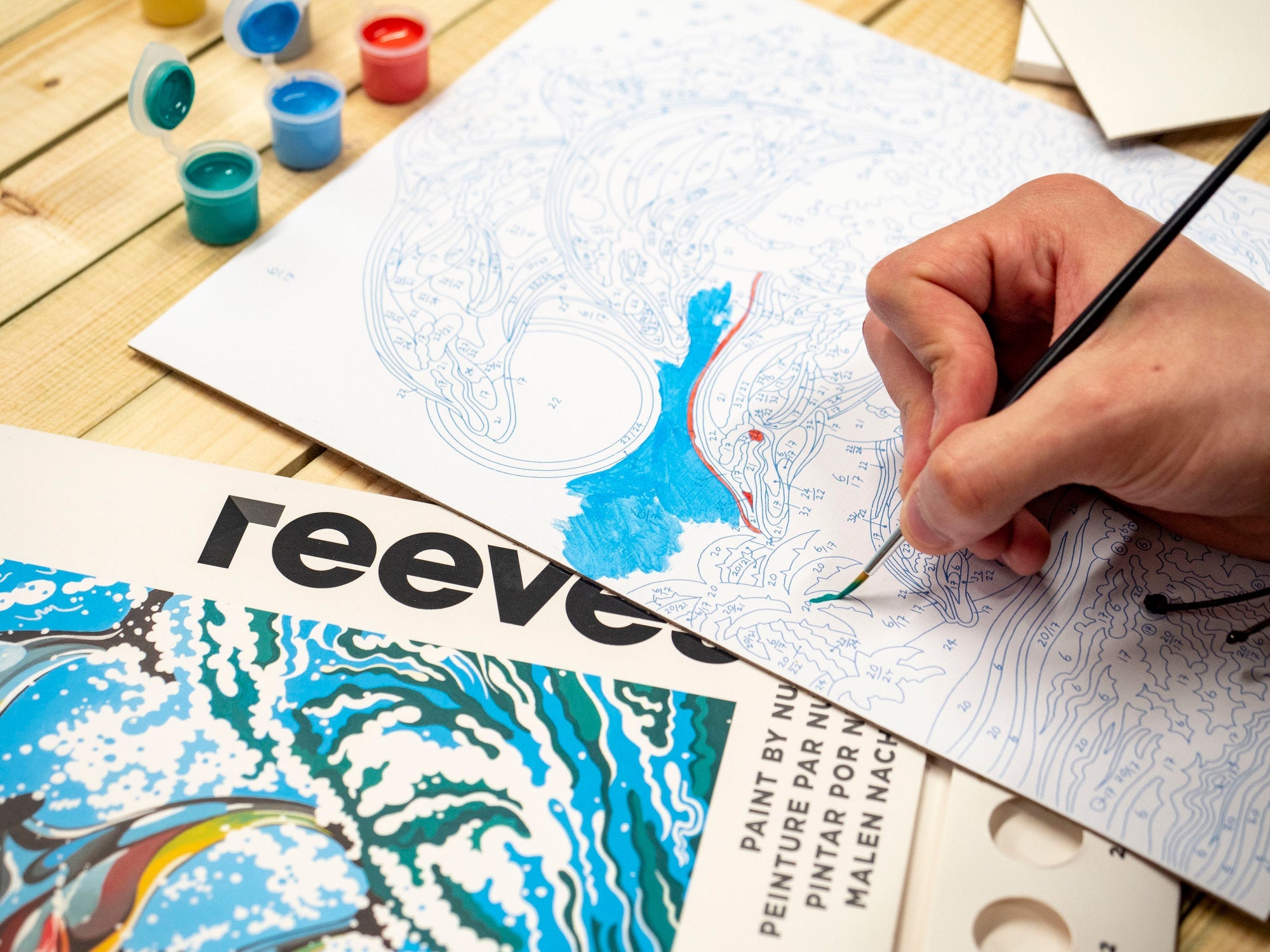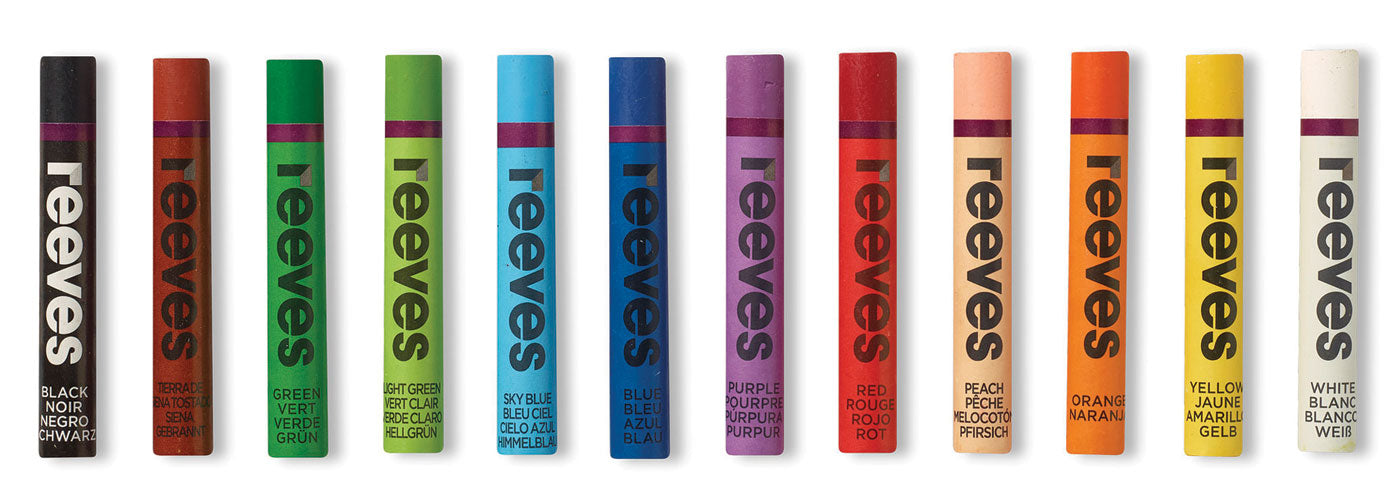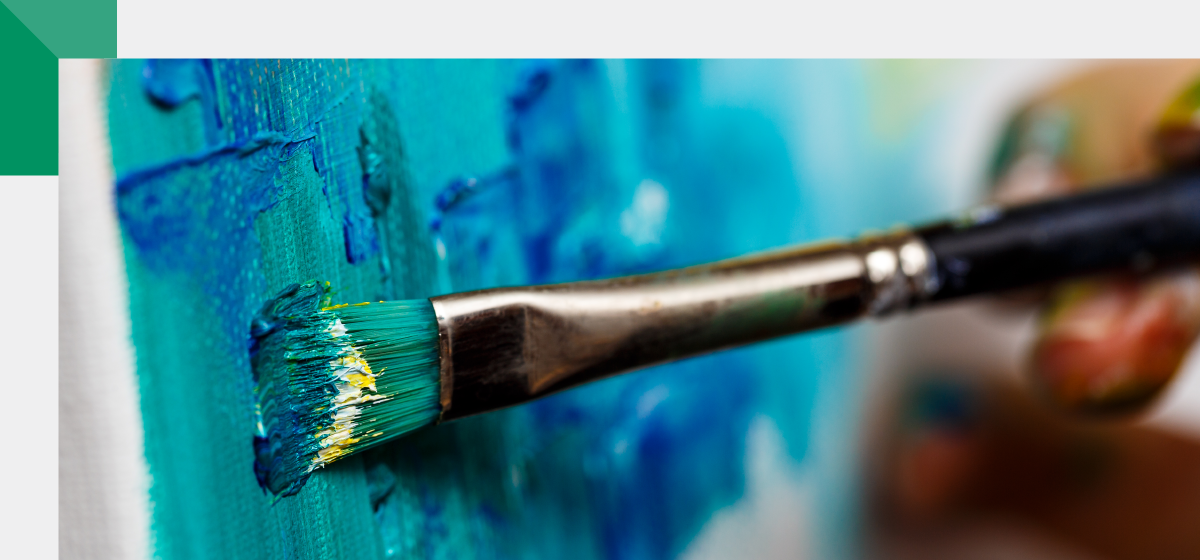Learn the basics of painting with acrylics, including the correct uses, so that you can improve your painting skills and grow with them. Even for skilled artists there's always something new to learn but our tips and guides will help you along the way. You'll also discover new ideas and ways to improve your painting techniques.
What is Acrylic Paint?
Acrylic paint is a water-based art medium, made from synthetic resin binder mixed with pigments. The water-soluble part means it dries quickly, but it also means you don't need harsh solvents to dilute it, or clean your brushes - making it easier and faster to work with.
Acrylic paint is also incredibly versatile. Even though it's water-based, it becomes water-resistant when dry. Unlike other art media, acrylic paintings can be moved right away and canvas can also easily be rolled up without the risk of paint cracking.
Tips & Techniques for Beginners
- Acrylic paint will adhere to most surfaces but won't work on anything that's oily or waxy.
- Acrylic is known for its fast drying properties so keeping a spray bottle close by will prevent your palette from drying up or you can even get nifty stay-wet palettes
- When mixing colours, stick to two or three to maintain colour intensity and avoid creating a 'muddy' effect.
- Washing - a popular acrylic painting technique that involves diluting acrylic paint so that it becomes similar to watercolour, creating a translucent effect on your painting surface.
- Flicking - a commonly applied practice that involves using a wet brush to flick paint onto a surface for a splatter effect that can add striking texture to artwork - it's also really fun!
- Palette Knife Painting - which may sound technical and daunting but the goal is to create artwork that's unique and personal, so why not try! Use a palette knife as if you're spreading marmalade on toast to scrape, slice and splash paint on your surface.
Why use acrylic paint?
If you find yourself reaching for a paintbrush for the first time, acrylic paint is a great choice as it adheres to a wide range of surfaces, including paper, canvas, wood, plastic, glass and even fabrics.
If you're using acrylic paint for your art project, the water-based colours have good coverage, look vibrant and have more durability. This fast-drying paint is also water-soluble - so you won’t have to worry about dramas or accidents.
Acrylic paint consistency
They joy of acrylic paint is that it can be diluted with water for a thinner consistency, or modified with gels, pastes and other mediums to create different textures and effects.
Artists regularly choose acrylic paint from Reeves, due to the strong, vibrant visual effect and quality finish.
Acrylic Painting 101 - Have fun
Painting with acrylics opens up a world of colour, inspiration, exploration and empowerment. Even if you've never held a paint brush before - filling your palette with eye-catching, vibrant, pigment rich paints then applying them to a project, is a voyage of personal expression and creativity. Enjoy the experience as you grow and learn through the magic of acrylic painting.



